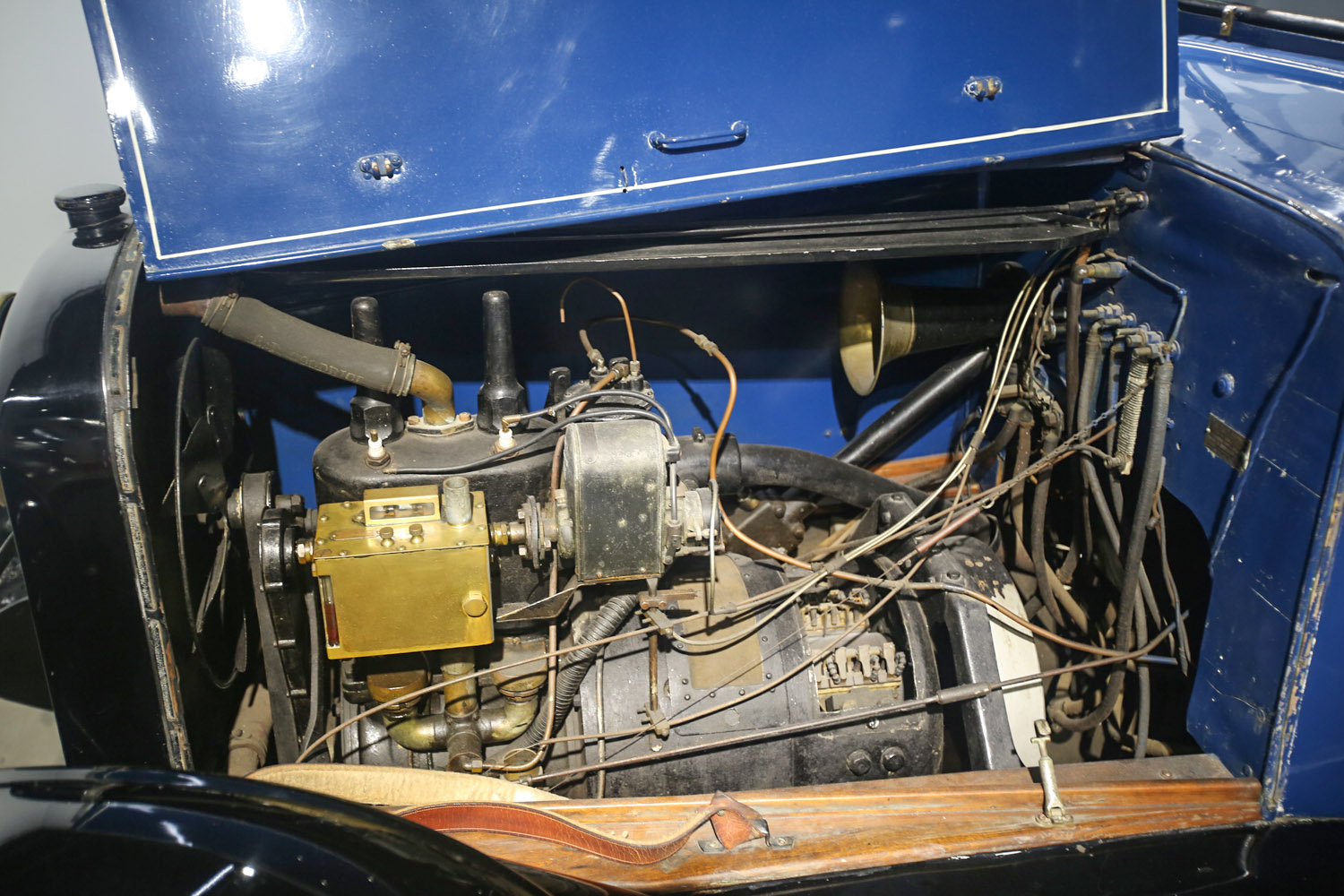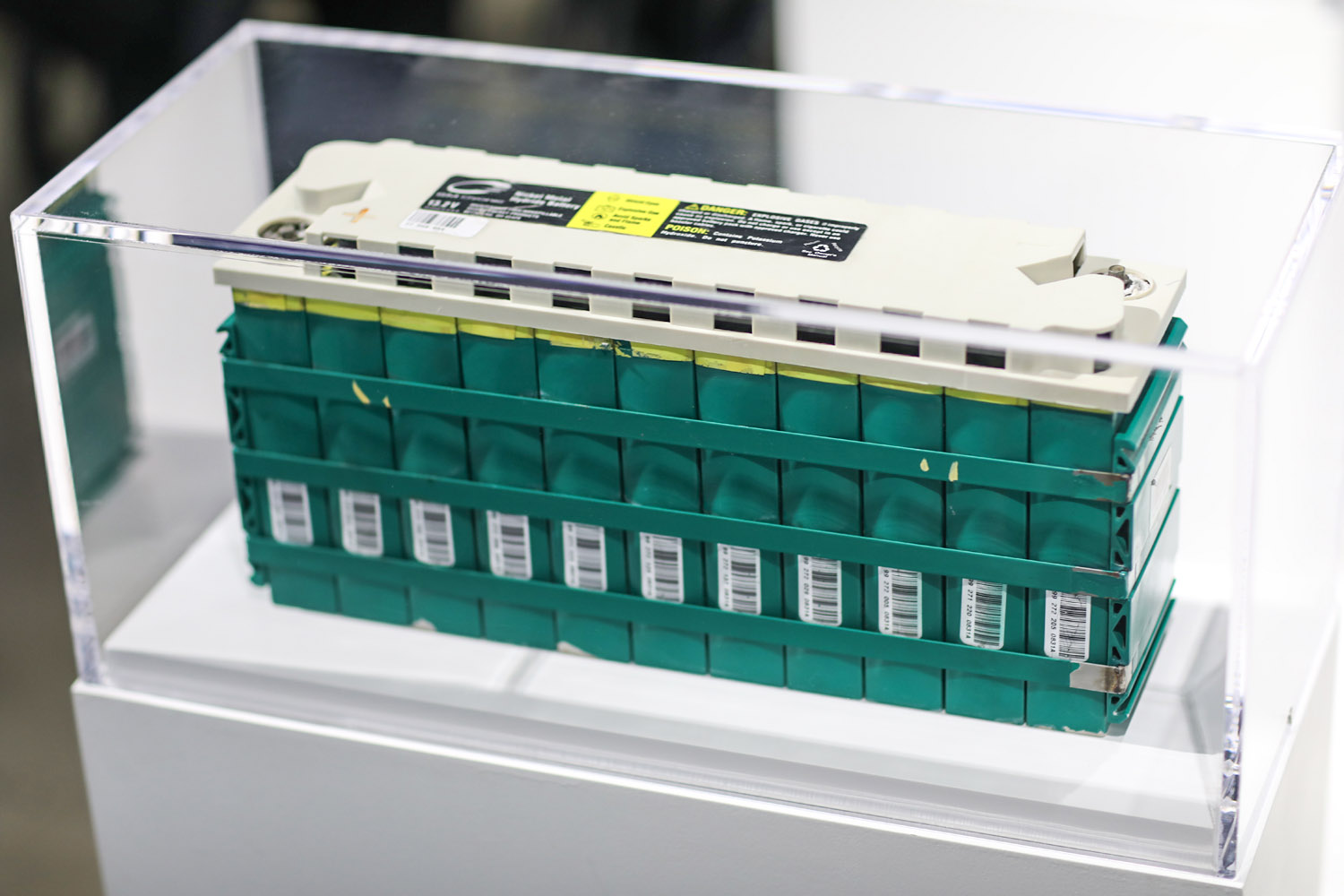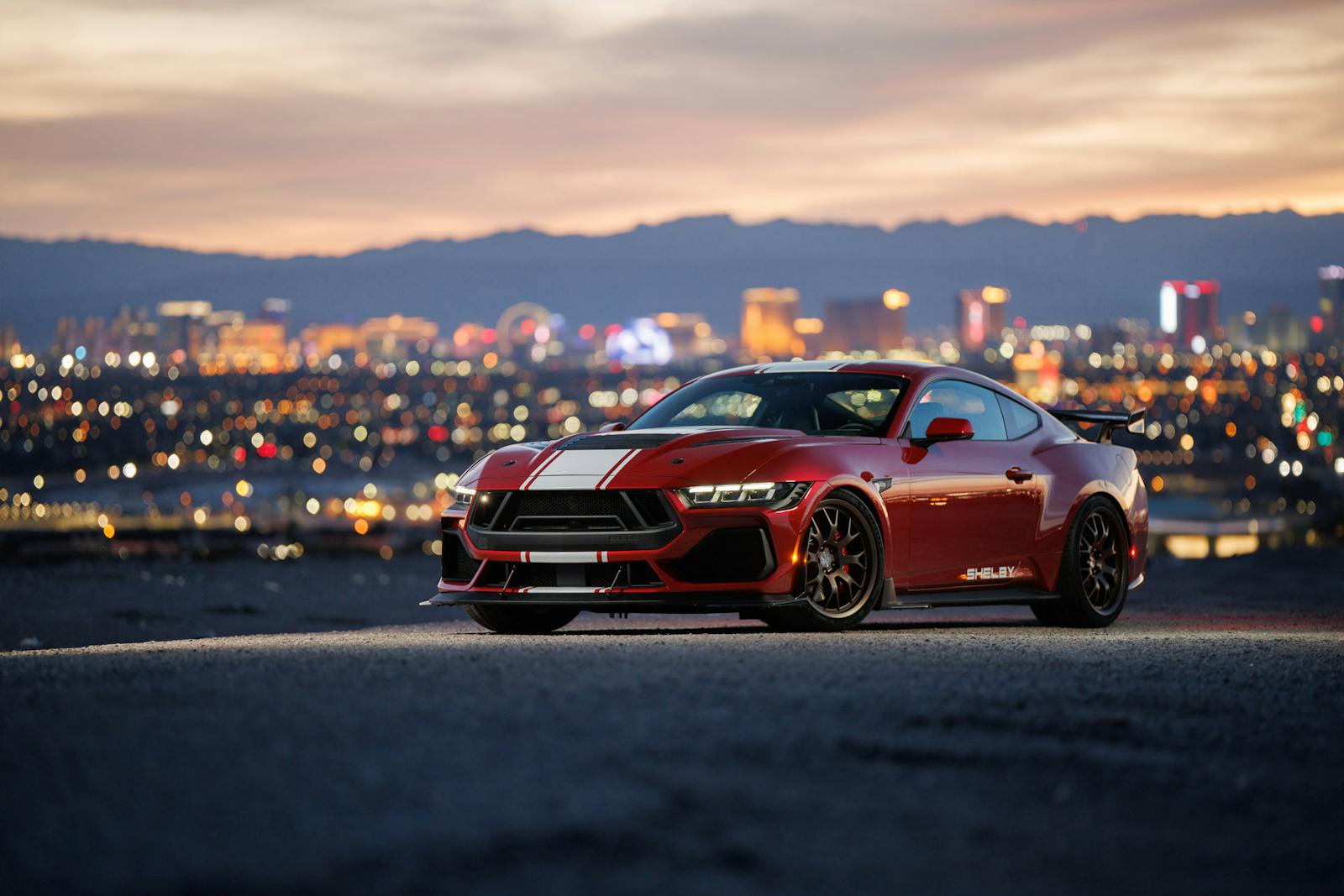The Petersen Automotive Museum turns the spotlight on alternative propulsion
The Petersen Automotive Museum has a prime Los Angeles location, rubbing elbows with other Miracle Mile destinations like the Los Angeles County Museum of Art (LACMA) and the soon-to-open Academy Museum of Motion Pictures. The Petersen houses an ever-changing assortment of exhibits highlighting everything about cars, from their original design to customized lowriders and hot rods. Curations of famous brands, cars built in a specific area, or those built for a singular purpose have all had their time to shine and demonstrate their place in the history of the automobile.
An important aspect of that history is the means of propulsion, and how the trends have shaped the vehicles we buy and enjoy. Several of those pioneering cars, successful and otherwise, are on display on the Petersen’s second floor. Here are six pieces of the exhibit we found most fascinating.
Stanley Steam Engine, circa 1905

This compact engine, no bigger than a breadbox, has fewer than 15 moving parts. Steam engines produced tremendous torque and required less gear reduction than their larger, more complicated gasoline counterparts, although the complexity of producing steam created an entirely different set of problems.
1914 Galt

We’ll forgive you if you thought gas/electric hybrids were a new invention, as they didn’t quite catch on when Ferdinand Porsche created the Semper Vivus in 1901 or when the Galt Gas Electric produced this eight-horsepower touring car a little over a decade later. Its twin-cylinder engine powered a generator to propel the car and stored excess power in on-board batteries to use when more oomph was needed, a technique used by hybrids today.
1987 Mana La

The arching panel covered in solar panels on the streamlined Mana La is actually a rigid sail, allowing the car to be powered by sun and wind. It was built for the 1980-mile World Solar Challenge that traversed Australia from north to south, starting in Darwin and finishing in Adelaide. Mana La did not finish the challenge; turns out the winds weren’t favorable for the race. The event was won by a U.S. team from General Motors, whose Sunraycer car finished with an average speed of 41.57 mph. Competitors today are much faster and are capable of breaking the speed limit on public roads used for the competition, so new classes have emerged to challenge engineers to create practical vehicles capable of carrying multiple occupants.
1996 GM EV1

The first electric car offered by a major manufacturer, the EV1 wrapped a sleek exterior over a lightweight chassis and lead-acid batteries to create a car that the average driver could use to commute. Initially the range was 80–100 miles, but a second generation with nickel-metal hydride batteries had a 100–140-mile range at the cost of extended charge times. The EV1 proved to be too expensive to sell to consumers, and all but 40 were gathered by GM and disassembled. In retrospect, the end of the EV1 program was a wasted opportunity for GM to get ahead of the increasing demand for electric vehicles.
2003 Honda FCX

This 2003 Honda, leased to the City of L.A. in late 2002, was the first hydrogen fuel cell vehicle to be delivered to a commercial customer in North America. The car used hydrogen gas to power a fuel cell that created enough electricity to propel the car for 170 miles per fill using an 80-horsepower motor. The FCX’s successor, the FCX Clarity, went into wider production, and the newest version, now called Clarity, is available in plug-in hybrid, electric, and fuel cell variants. The hydrogen-powered model claims the longest range of any zero-emission vehicle in the U.S.—366 miles.
2015 Tesla Model S P85D

The P85D was Tesla’s first AWD Model S. The RWD P85 already had a 470-hp motor in the rear, but adding a 221-hp motor to the front wheels created an even more outrageous all-electric sleeper that could launch the sedan from 0–60 mph in 3.2 seconds. The display shows the skateboard chassis enabled by its electric powertrain, with no need for a driveshaft tunnel. The lithium-ion battery cells in the floor create a low center of gravity and allow for lots of packaging flexibility for a variety of body styles.




